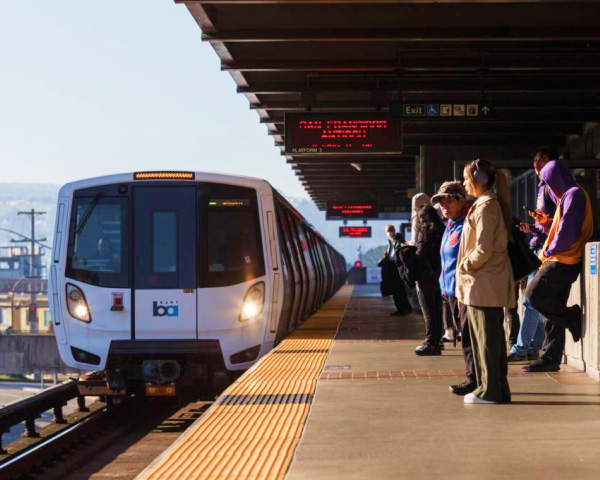The Fresno area, by last year’s count, had the highest percentage of unsheltered people anywhere in the country. This year, volunteers are counting again — joining Los Angeles, San Diego and hundreds of cities and counties nationwide that will report their homeless counts to the U.S. Department of Housing and Urban Development. These “one night count” numbers will translate to state and federal dollars aimed at alleviating the problem.
Last year, California’s cities and counties tallied more than 150,000 people living on the streets or in emergency shelters — a 17% uptick from the previous year.
But as important as that 150,000 figure is, nearly everyone involved in one-night counts acknowledges that the volunteer-led process significantly underestimates the actual number of people without a safe place to call home.
“If we don’t use the right numbers for the homeless population, the political class are placing themselves in a situation where they are most likely going to fail,” said Christopher Weare, a UC Berkeley lecturer who researches homelessness. “They can spend billions of dollars, have very effective programs, get a lot of people housed, and we’re still going to have this very large [homeless] population.”
Advocates complain that the federal definition of homelessness is far too narrow — it excludes people who are doubled-up or couch surfing with relatives or friends, or paying for a cheap motel room. Even those living outdoors can be easily missed, especially if law enforcement has recently cleared encampments. Weare, who’s refining a more comprehensive point-in-time counting method, produced a Sacramento number nearly six times greater than the number of homeless people in the federal count.
Amid all the uncertainties about the accuracy of the count, one thing seems certain: California’s numbers will be big — and weaponized, politically.
The Trump administration used the 2019 count to assail the state’s Democratic lawmakers and Gov. Gavin Newsom for what the president described as a tremendous failure. Last month, U.S. Department of Housing and Urban Development Secretary Ben Carson singled out California no fewer than nine times in his press release announcing national homelessness figures.
If it wasn’t for California and Oregon, the administration noted, the country could boast a nationwide decline.
Every community in California is required by HUD to conduct a one-night count every other year, but some places such as Fresno and Los Angeles County opt to conduct theirs every year. The tabulations made this month will form the basis for the certified annual U.S. count that HUD will release next December.
Newsom and other California mayors and legislators will be on the hook to show improvement — but that time lag is likely to work against them, and could spell real political problems for the governor.
Most of the $650 million in emergency homelessness funding he approved last year won’t materialize in shelters or emergency rental assistance until well after the one-night counts are concluded. The earliest this year’s $750 million proposal could be accessed by homeless service providers would be July, and that would require a two-thirds vote of state lawmakers.
Technically, statewide homeless counts should only be compared every other year, as communities are required to conduct one night counts only in odd years.

